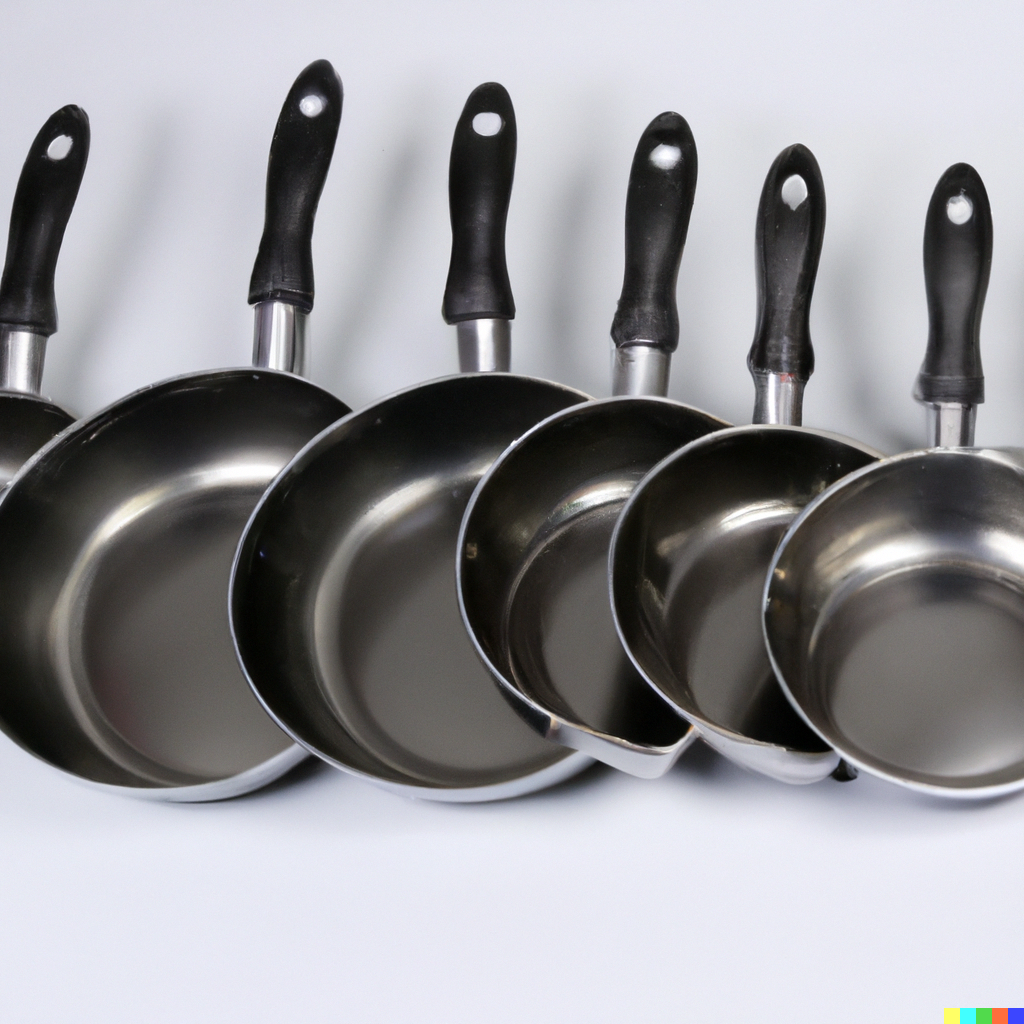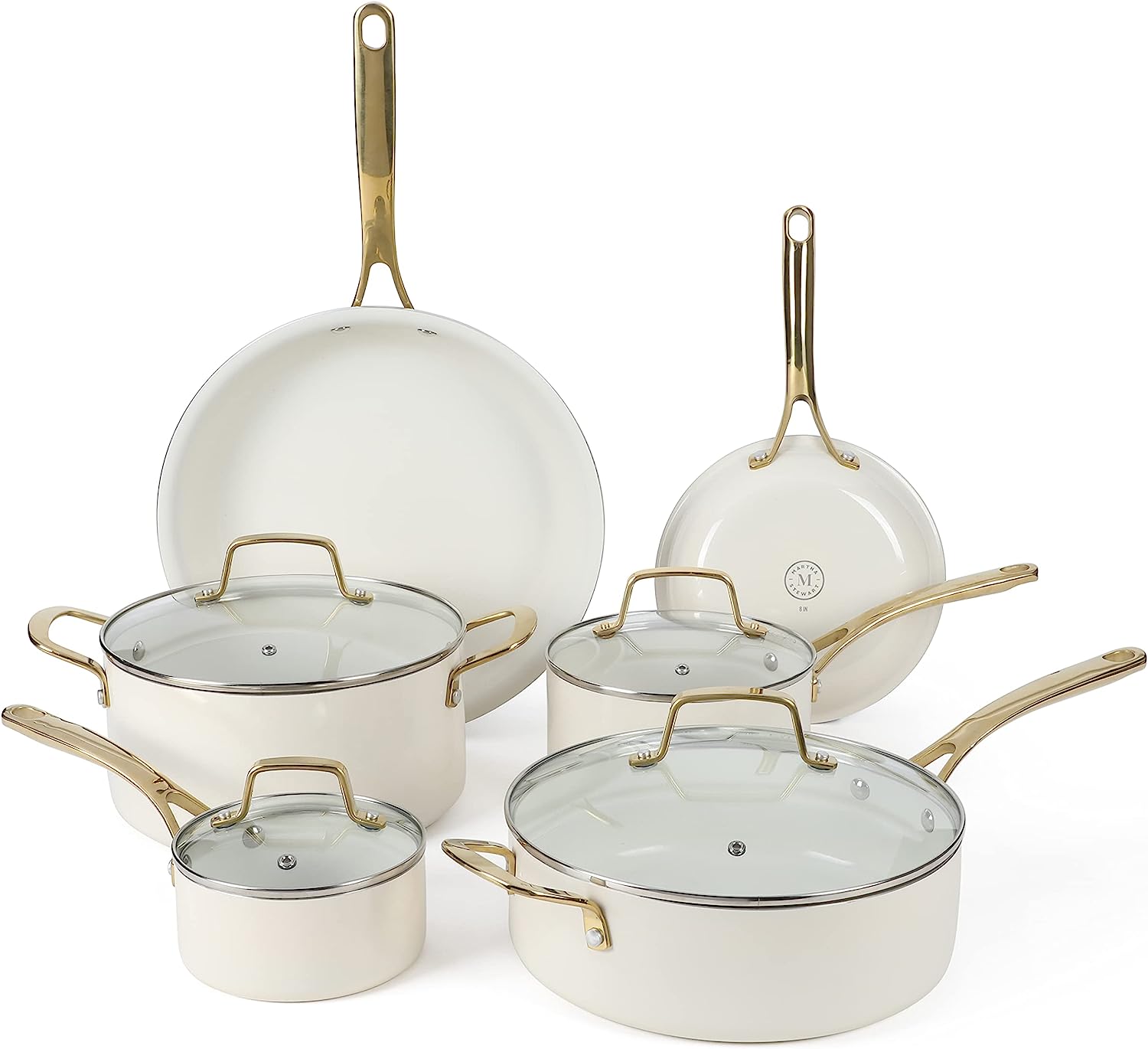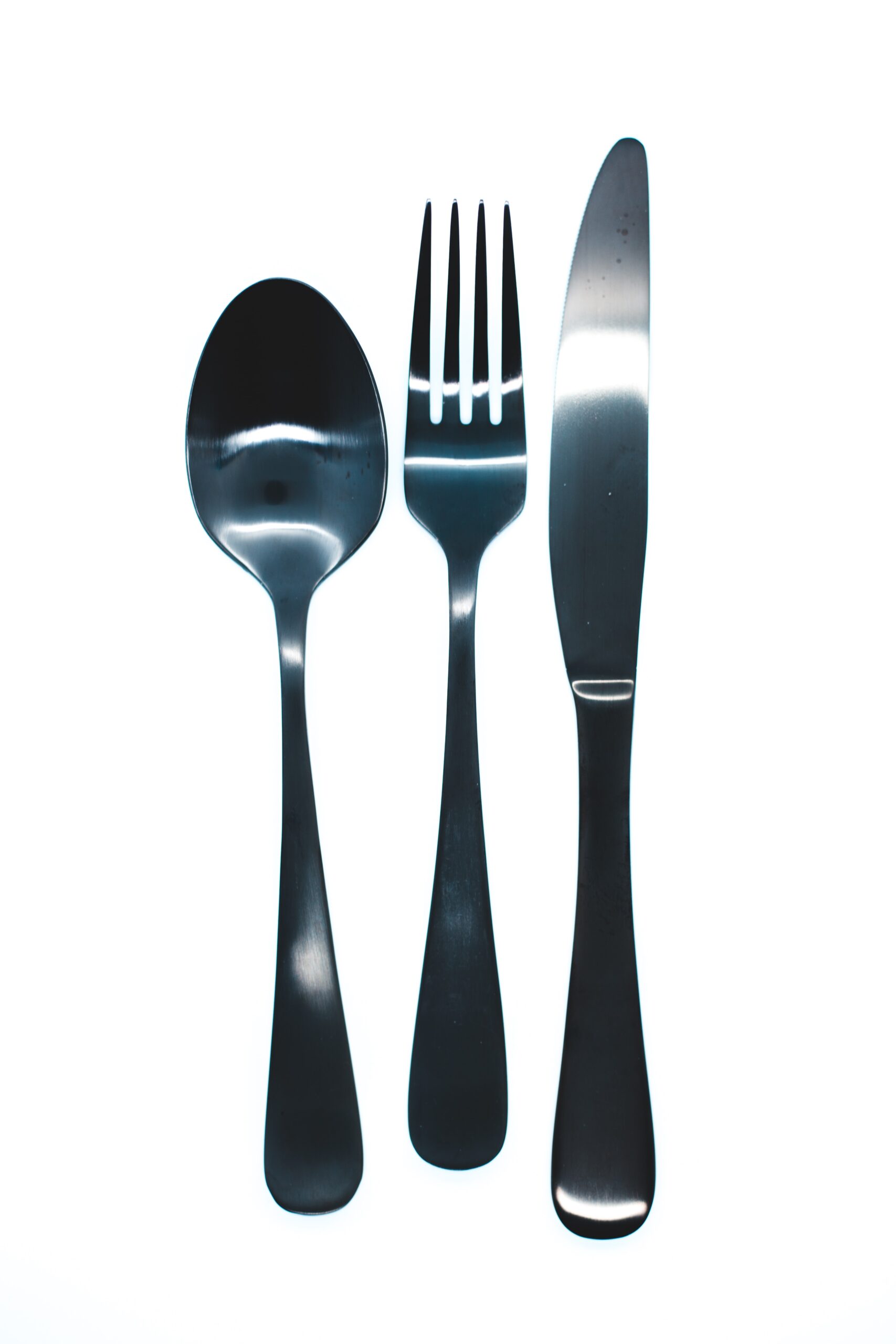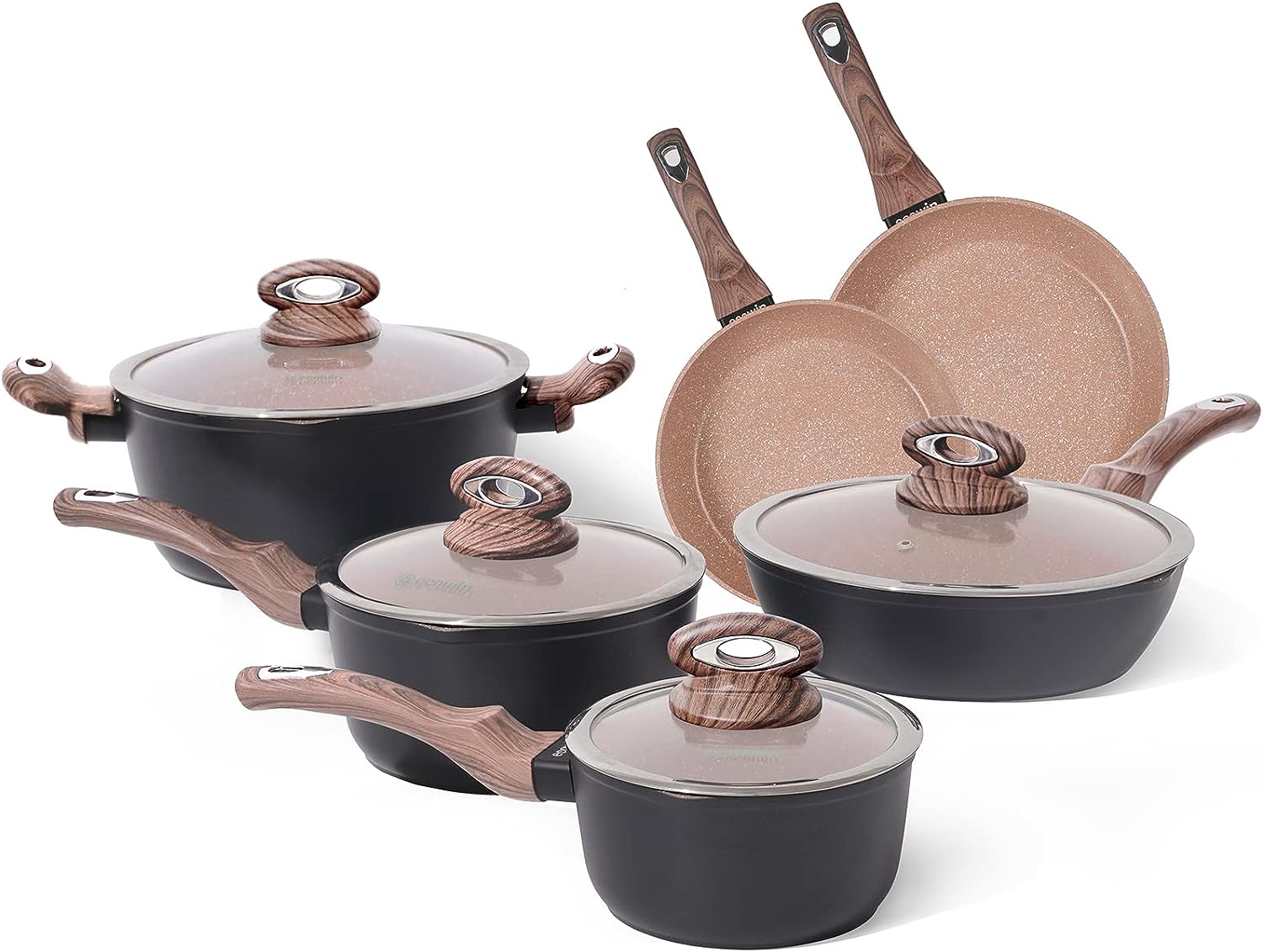Introduction
In today’s modern kitchens, non-stick cookware has become a staple for many home cooks. Its widespread use is driven by the convenience and ease it offers during cooking and cleaning. In this article, we’ll delve into the advantages and disadvantages of using non-stick cookware, empowering you to make informed decisions when selecting your kitchen essentials.
I. Understanding Non-Stick Cookware
Non-stick cookware is designed to prevent food from sticking to its surface during cooking. The primary material used for non-stick coatings is often Teflon or ceramic. These coatings create a smooth and slick surface that facilitates easy food release and reduces the need for excessive oil or butter.
II. The Pros of Non-Stick Cookware
A. Ease of Cooking and Cleaning
One of the significant advantages of non-stick cookware is the effortless cooking experience it provides. With a non-stick surface, you can prepare delicate foods like eggs or fish without worrying about them sticking to the pan. Additionally, cleaning up is a breeze, as food residues slide off easily, saving you valuable time and effort in the kitchen.
B. Healthier Cooking Options
Non-stick cookware allows for healthier cooking choices. The non-stick surface requires less oil or butter to prevent food from sticking, reducing the overall fat content of your dishes. This feature can be especially beneficial for individuals who are mindful of their calorie intake or are following a heart-healthy diet.
C. Versatility and Wide Range of Options
Non-stick cookware is available in various types, sizes, and styles, catering to different cooking preferences. From frying pans to saucepans and baking sheets, you’ll find a wide selection to suit your culinary needs. Additionally, non-stick cookware is suitable for a range of cooking methods, including stovetop and oven use, providing versatility in your kitchen.
III. The Cons of Non-Stick Cookware
A. Limited Durability
One of the drawbacks of non-stick cookware is its limited durability compared to other types of cookware. Over time, the non-stick coating can wear off, especially if harsh cleaning methods or metal utensils are used. Scratches or chips in the coating can compromise its effectiveness, requiring replacement or re-coating.
B. Temperature Limitations
Non-stick cookware has temperature limitations that need to be considered. Excessive heat can cause the non-stick coating to deteriorate or release potentially harmful fumes. It’s important to use non-stick cookware within the recommended temperature range to ensure its longevity and avoid any safety concerns.
C. Safety Concerns
There have been concerns regarding the safety of non-stick cookware, particularly when it comes to high temperatures. Overheating non-stick pans can release toxic fumes, which may pose health risks. Proper ventilation is essential when cooking with non-stick cookware to minimize exposure to these fumes.
IV. Maintaining and Extending the Lifespan of Non-Stick Cookware
To ensure the longevity of your non-stick cookware, it’s important to follow proper care and maintenance practices. Use utensils specifically designed for non-stick surfaces to avoid scratching or damaging the coating. Avoid abrasive cleaning methods that can wear off the non-stick layer and instead opt for gentle cleaning with mild soap and a soft sponge.
V. Alternatives to Non-Stick Cookware
For those who prefer alternatives to non-stick cookware, several options are available. Stainless steel cookware offers excellent durability and versatility, although food may be more prone to sticking without the non-stick coating. Cast iron cookware provides exceptional heat retention and natural non-stick properties when properly seasoned. Ceramic cookware is another alternative, known for its non-toxic and non-reactive nature.
VI. Conclusion
Non-stick cookware has its pros and cons, making it important to weigh the benefits against the limitations. The ease of cooking and cleaning, along with healthier cooking options, are significant advantages. However, considerations such as limited durability, temperature limitations, and safety concerns should also be taken into account. Ultimately, choosing the right cookware for your kitchen depends on your individual needs, preferences, and cooking habits.
VII. FAQ
- Can I use metal utensils on non-stick cookware? It’s best to avoid using metal utensils on non-stick cookware to prevent scratching the coating. Opt for utensils made of silicone, plastic, or wood.
- How do I clean non-stick cookware without damaging the coating? To clean non-stick cookware, use mild dish soap, warm water, and a soft sponge. Avoid abrasive cleaners or scouring pads that can damage the non-stick surface.
- Can I use non-stick cookware in the oven? Yes, many non-stick cookware pieces are oven-safe. However, be sure to check the manufacturer’s guidelines for specific temperature limitations.
- What should I do if the non-stick coating starts to peel or wear off? If the non-stick coating on your cookware starts to peel or wear off, it’s time to replace the cookware. Continued use with a compromised coating can affect both cooking performance and safety.
For more information on cookware and kitchen essentials, browse our website for helpful articles, guides, and product reviews. Make informed choices that suit your cooking style and preferences. Happy cooking!













